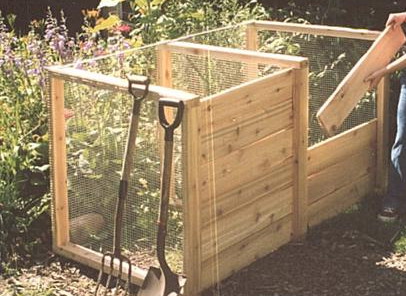A natural landscape is adapted to its environment. The use of a large number of native plants, shrubs and trees allows nature to do the work. Species that are best suited to the region have adapted to the area’s insects, soil and climate, making the use of pesticides, fertilizers and intensive watering and care unnecessary.

Indigenous plants attract and nourish native birds, butterflies, and insects, and create a natural ecosystem able to maintain its own balance with minimal human intervention. Native species are also generally non-invasive as well as less interesting to damaging rodents.
As lawn mowers are not yet legally required to have catalytic converters, they now exceed cars in the amount of pollution they produce. Lawn mowers and other gas-powered lawn tools like leafblowers produce 5% of our air pollution and dangerous ozone-forming gases.
Many thousands of hectares of fertile or semi desert land have been converted to lawn mostly in urban areas, which makes grass the largest irrigated crop in the country. Lawn care uses thousands of kilos of pesticides and herbicides, and 30% of local water, as well as creating toxic run-off from water-polluting fertilizers.
If each one of us, out of the 100 000´s. households with lawns, replaced just one square meter of lawn with alternative plantings, we could eliminate many hours of mowing each year, provide many hectares of habitat for wildlife, and protect our waterways from thousands of liters of hazardous chemicals. Just one square meter…almost as easy as changing to compact fluorescent light bulbs in your home.
Instead of lawns, put in suitable groundcovers, create a butterfly garden, put in a pond, or plant additional native perennials, shrubs and trees.

wooden compost bin
Pesticides contaminate the air, water, soil, plants, and animals around us, and have been linked to a long list of diseases and health problems. Learning how to deal with pests without chemicals is a great way to help preserve your health and that of your community and the environment.
Creating an organically rich environment creates strong, healthy plants that are able to resist attacks from pests and diseases. Attracting beneficial insects and wildlife provides plants with natural predators. However, conventional farming and gardening practices, introduced species and climate change have all contributed to unnatural stresses and an imbalance in our ecosystem. Therefore sometimes it is necessary to provide a little help.
There are a number of products on the market, which offer solutions to common pest infestations without the use of toxic chemicals. Barriers such as row covers, netting and plant collars effectively protect crops from pests as well. Sticky traps and pheromone lures are another way to minimize pest problems without harming other living things in your garden.
Through the practice of Integrated Pest Management (IPM), a variety of strategies can be incorporated to minimize unwanted pests in your yard and garden. Used in commercial and residential applications this method of crop protection incorporates crop rotation, proper site selection, the use of pest-resistant species, biodiversity, and regular site maintenance to minimize the use of harmful chemicals.
More to come soon...
